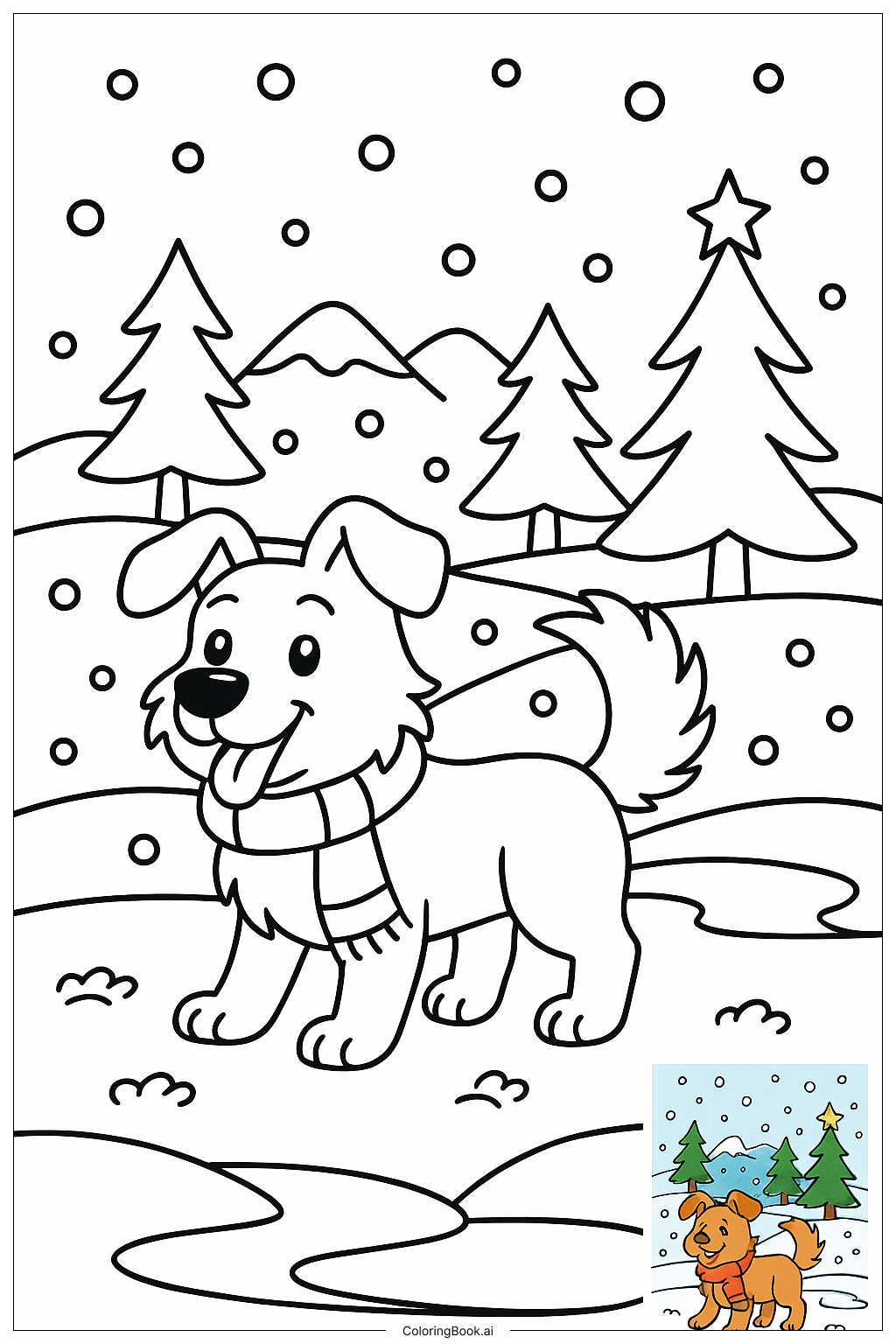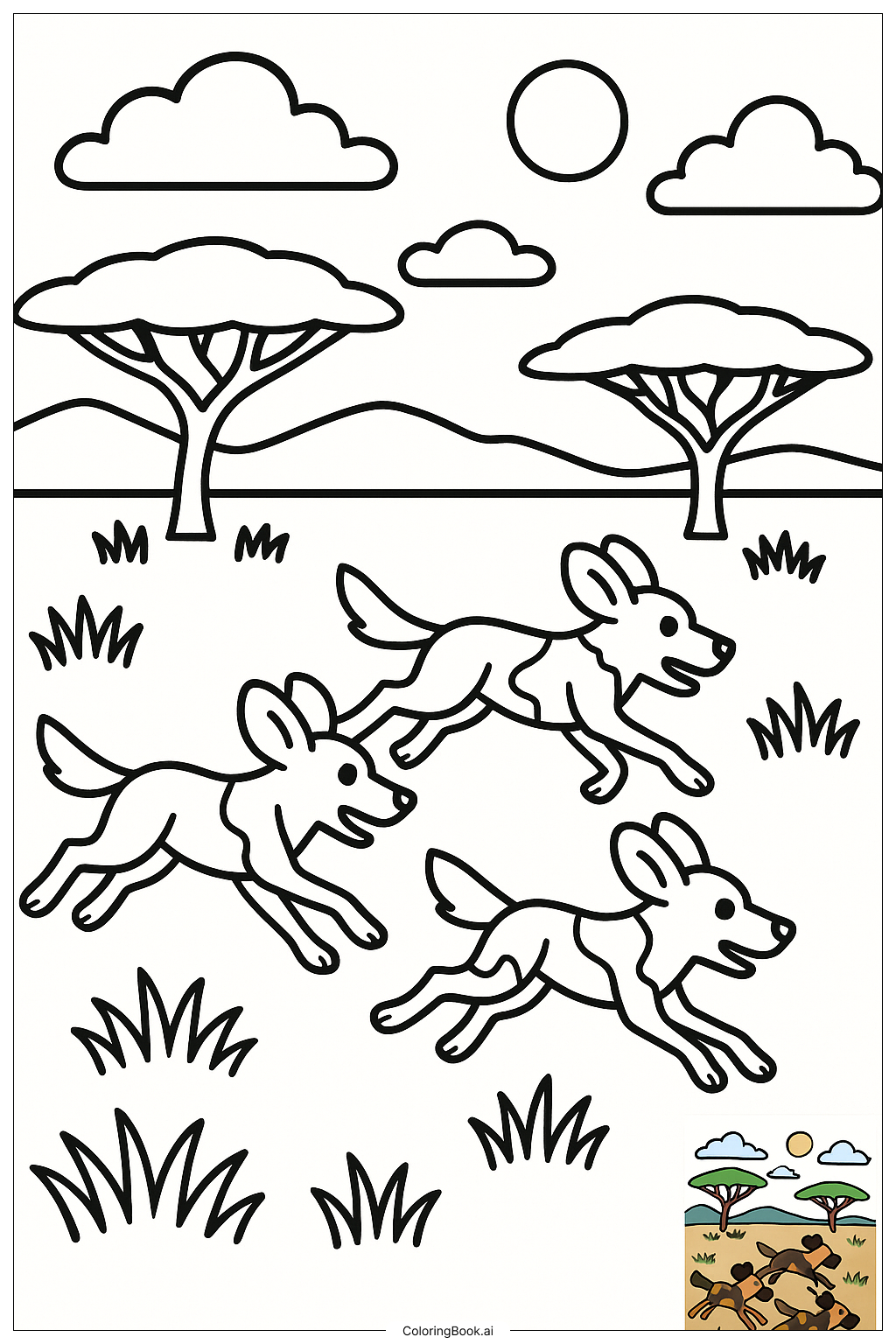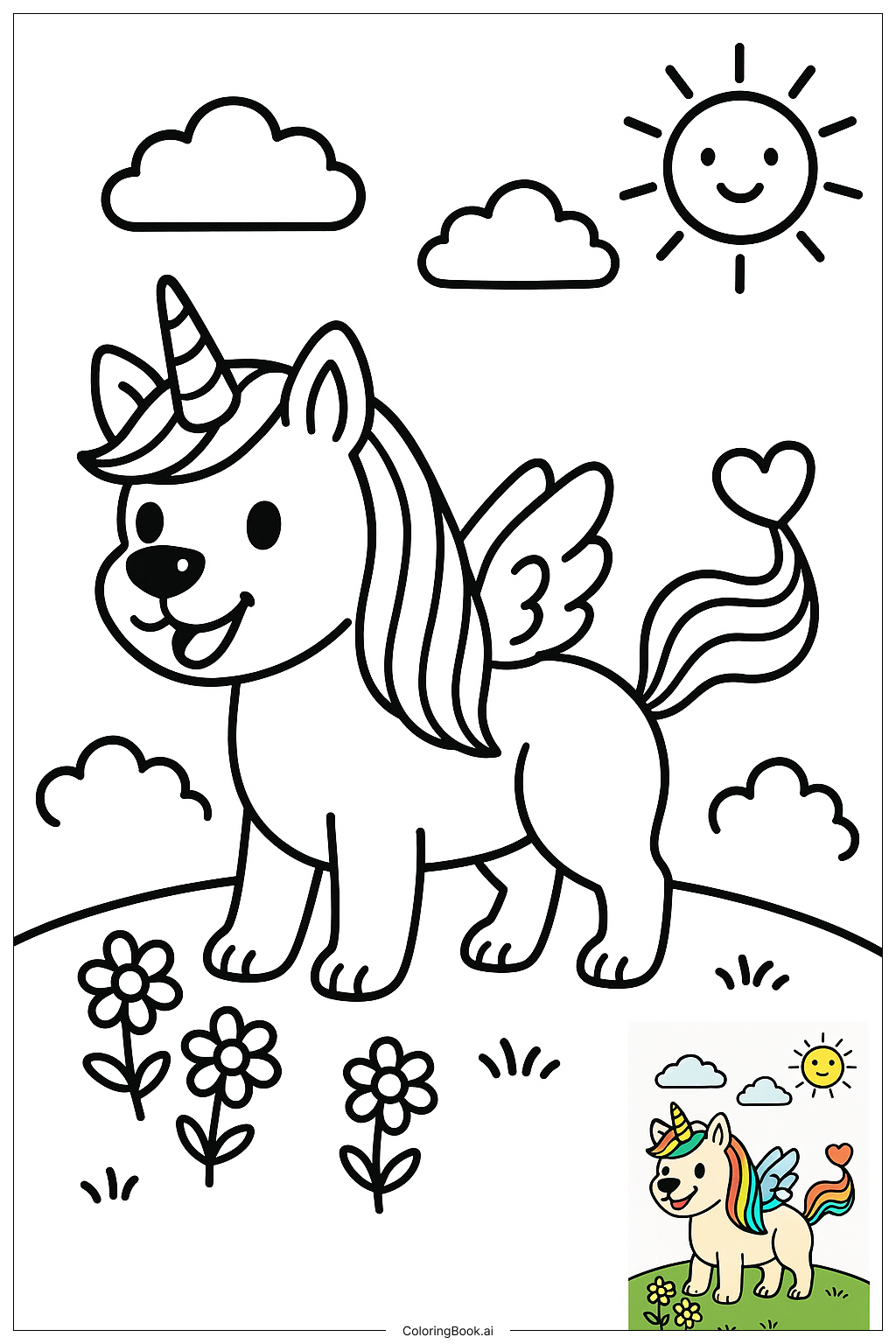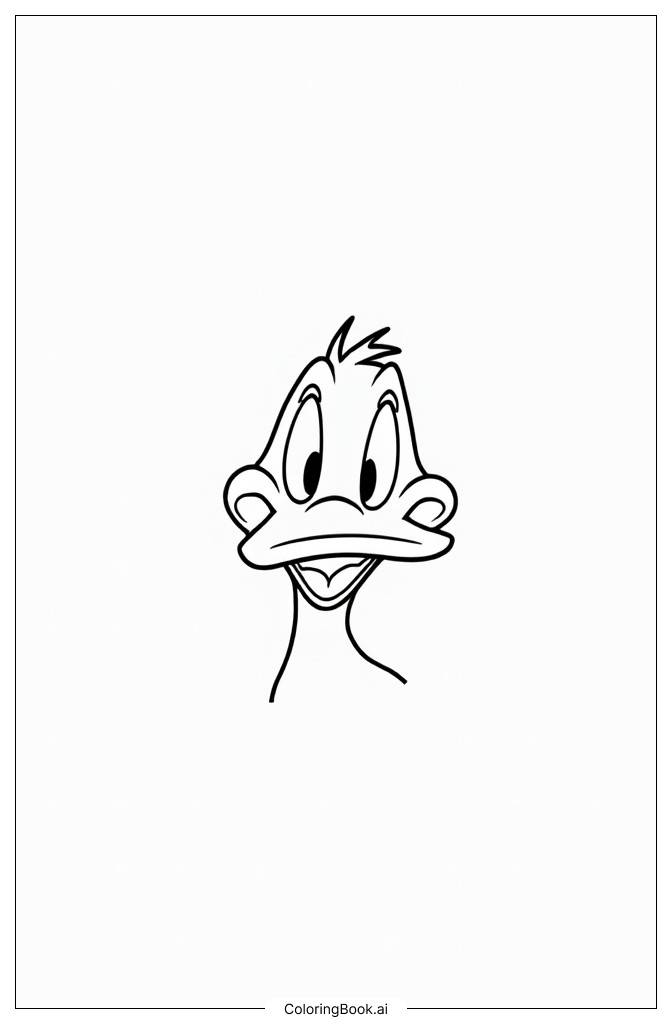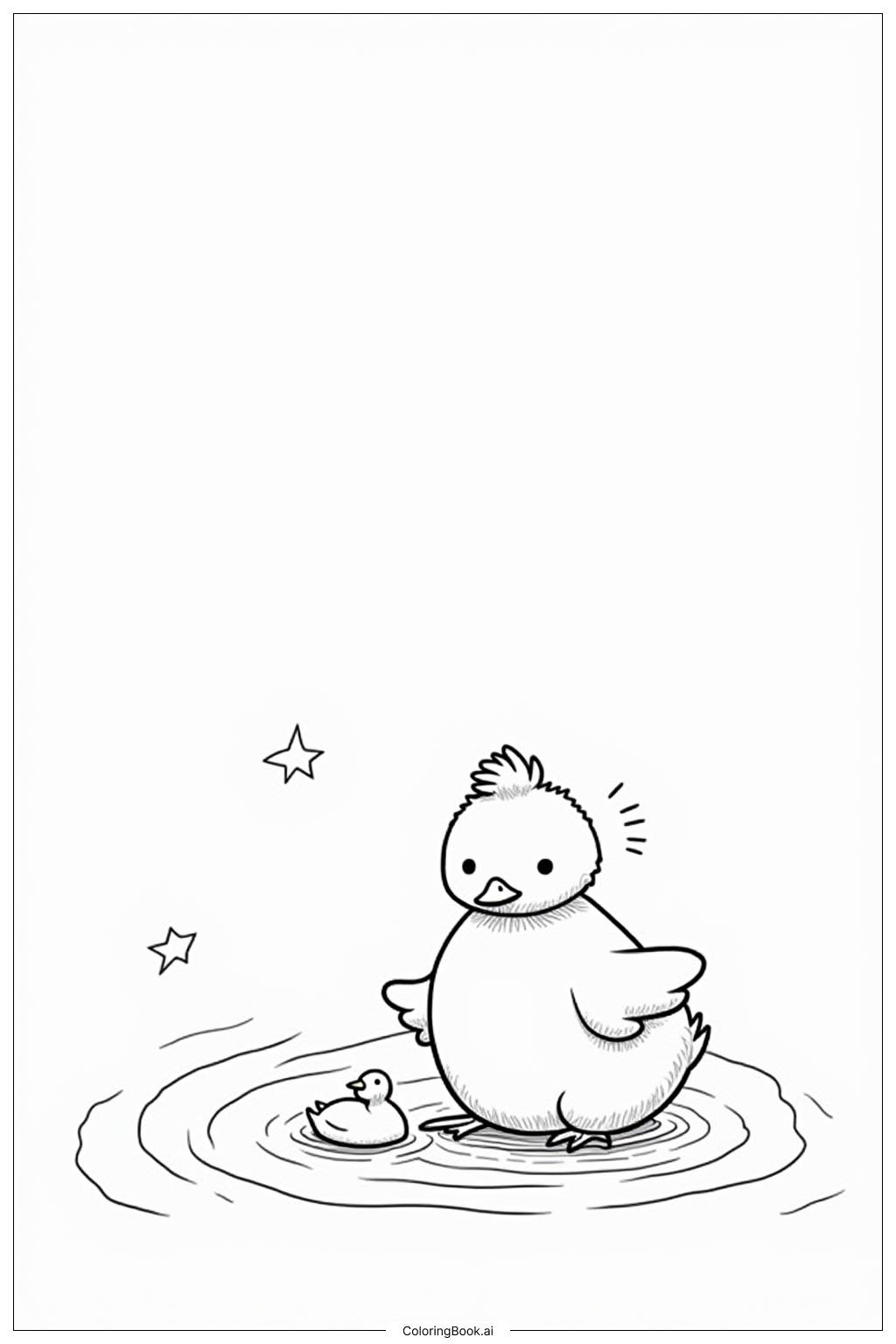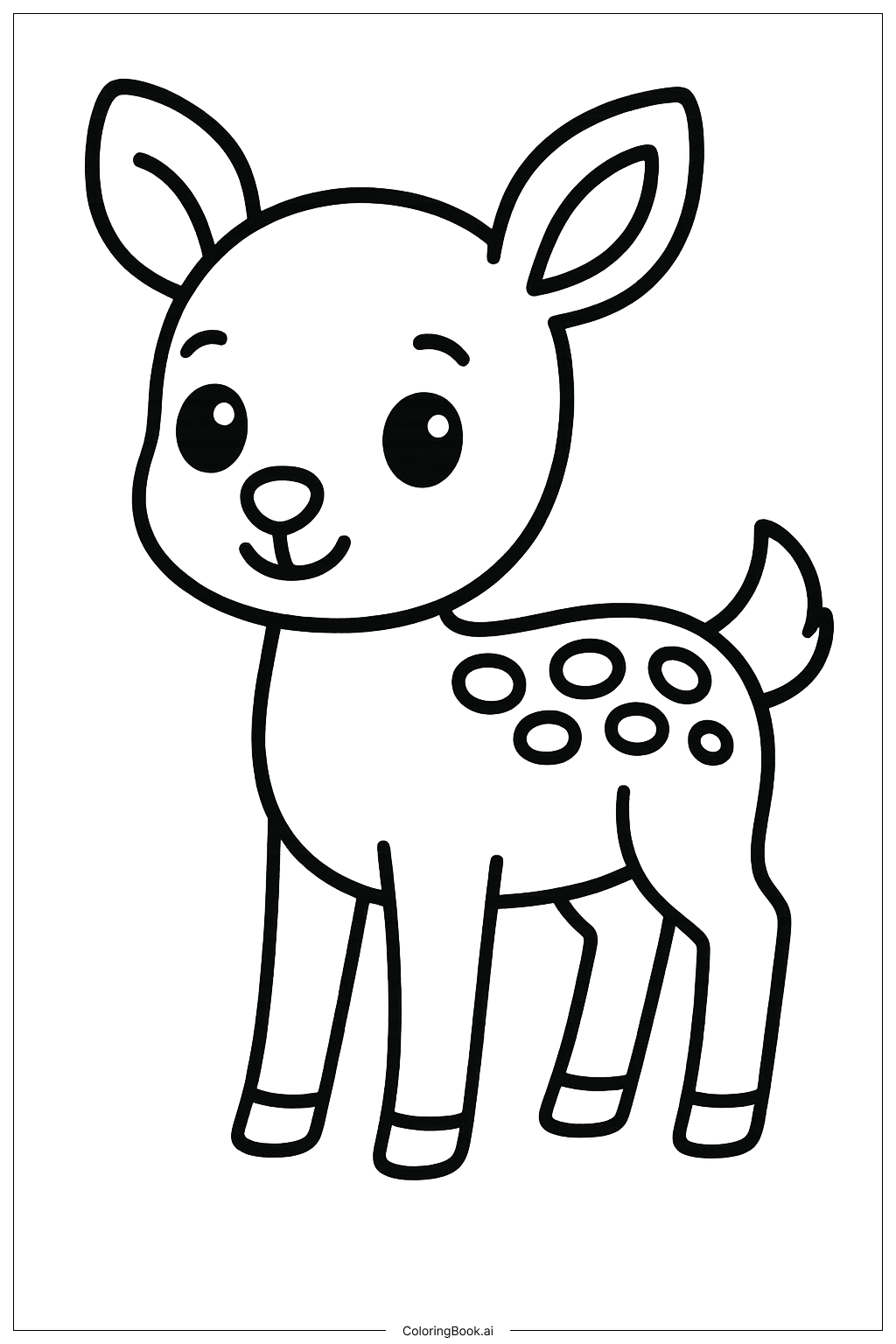Coloring tips: How to color Dog Swimming In Lake coloring page well?
For coloring the dog, consider using light brown or golden yellow for a warm tone. You can also add some white highlights to create a shiny effect on its fur. For the lake, shades of blue can be used, from light to dark, to convey depth. Adding darker shades around the dog can create a shadow effect. Consider using lighter colors for ripples, such as pale blue or white, to make them stand out. Don't be afraid to mix and match with different colors; make this scene your own!
Coloring challenges: Which parts are difficult to color and need attention for Dog Swimming In Lake coloring page?
1. Choosing Fur Colors: Finding the right shade for the dog's fur can be tricky. There are many shades of brown and yellow, so it might be difficult to pick one. 2. Creating Water Depth: The lake's color should have gradients to show depth. Mixing colors can be hard for younger kids. 3. Adding Details: Small features like the dog’s collar or water ripples require attention to detail. Kids might struggle with these intricate sections. 4. Blending Colors: If using markers, blending different colors can be difficult without getting messy. 5. Staying Within Lines: Younger children may find it challenging to color neatly within the lines, especially around the dog’s curves and the ripples of the water.
Benefits of coloring books: Advantages of drawing Dog Swimming In Lake coloring page
Coloring this image brings several benefits. It enhances creativity as kids can choose colors and create their own versions of the playful dog. It also improves motor skills, helping them develop hand-eye coordination. Coloring can be calming, providing a relaxing activity that helps reduce stress. Additionally, it can spark conversations about pets and nature, promoting social interaction. Finally, completing a coloring page gives children a sense of accomplishment, boosting their confidence and encouraging them to try more art projects.


